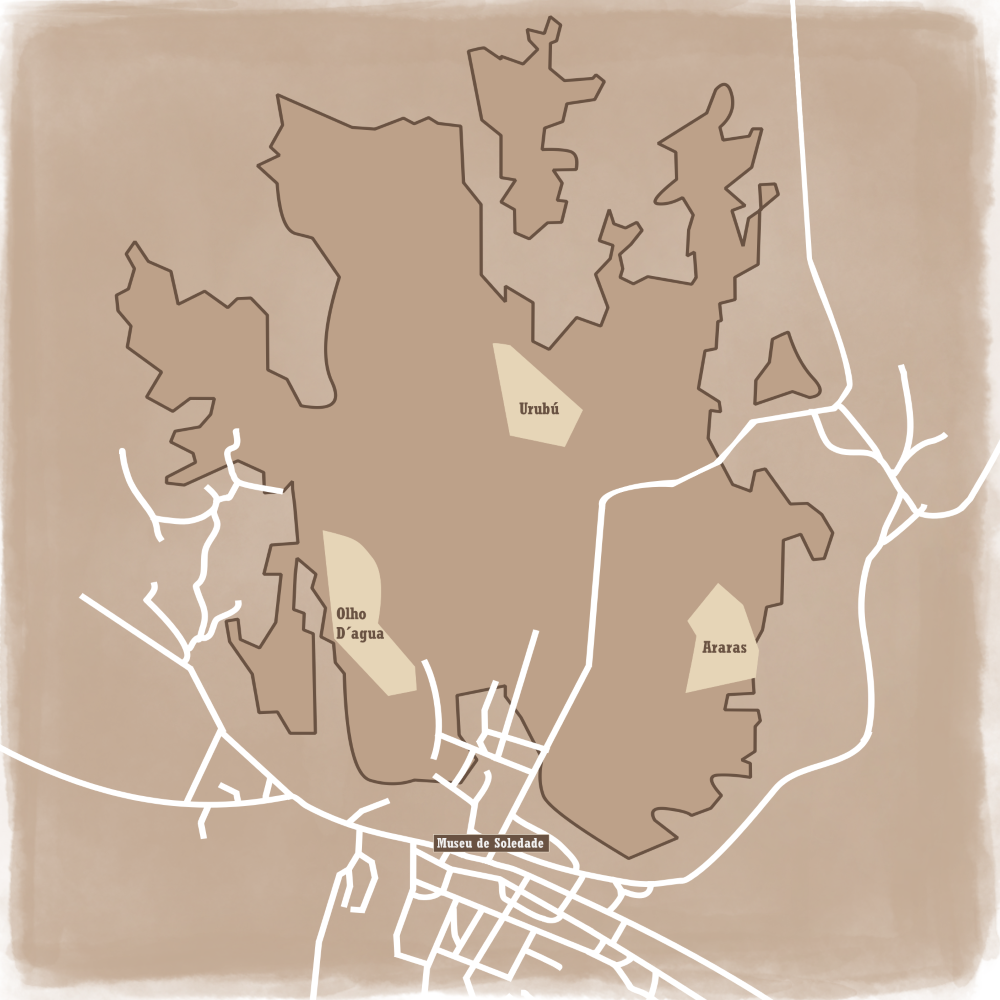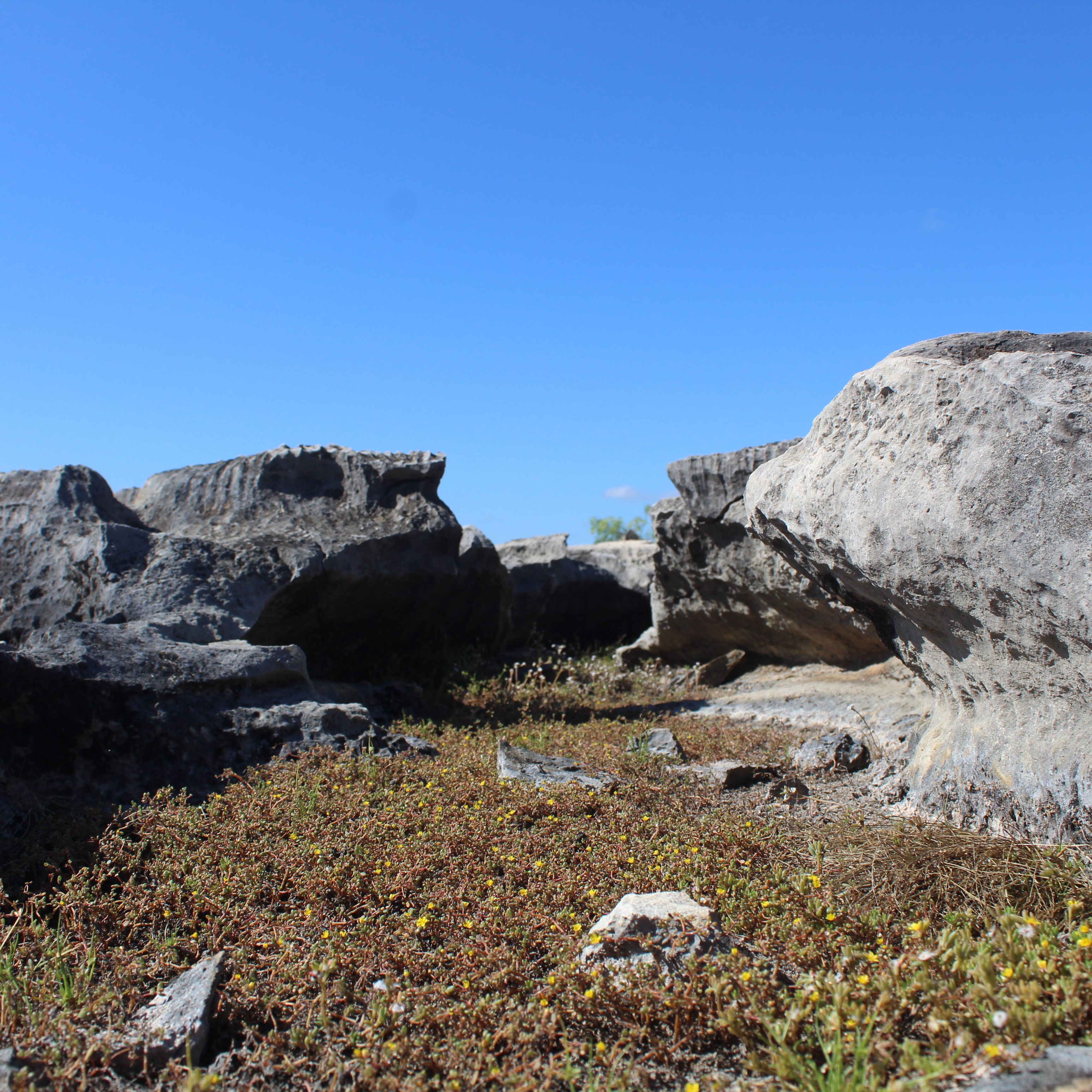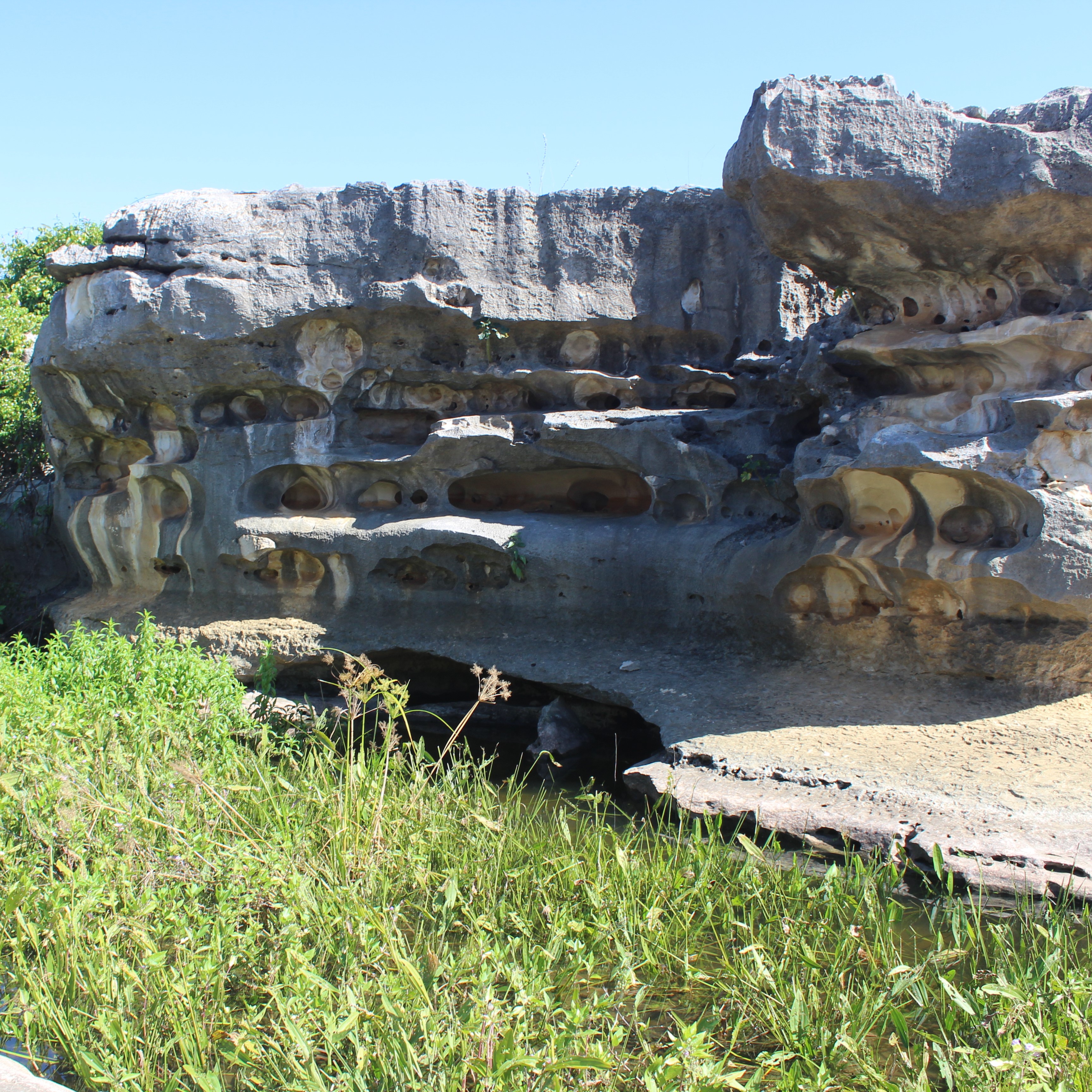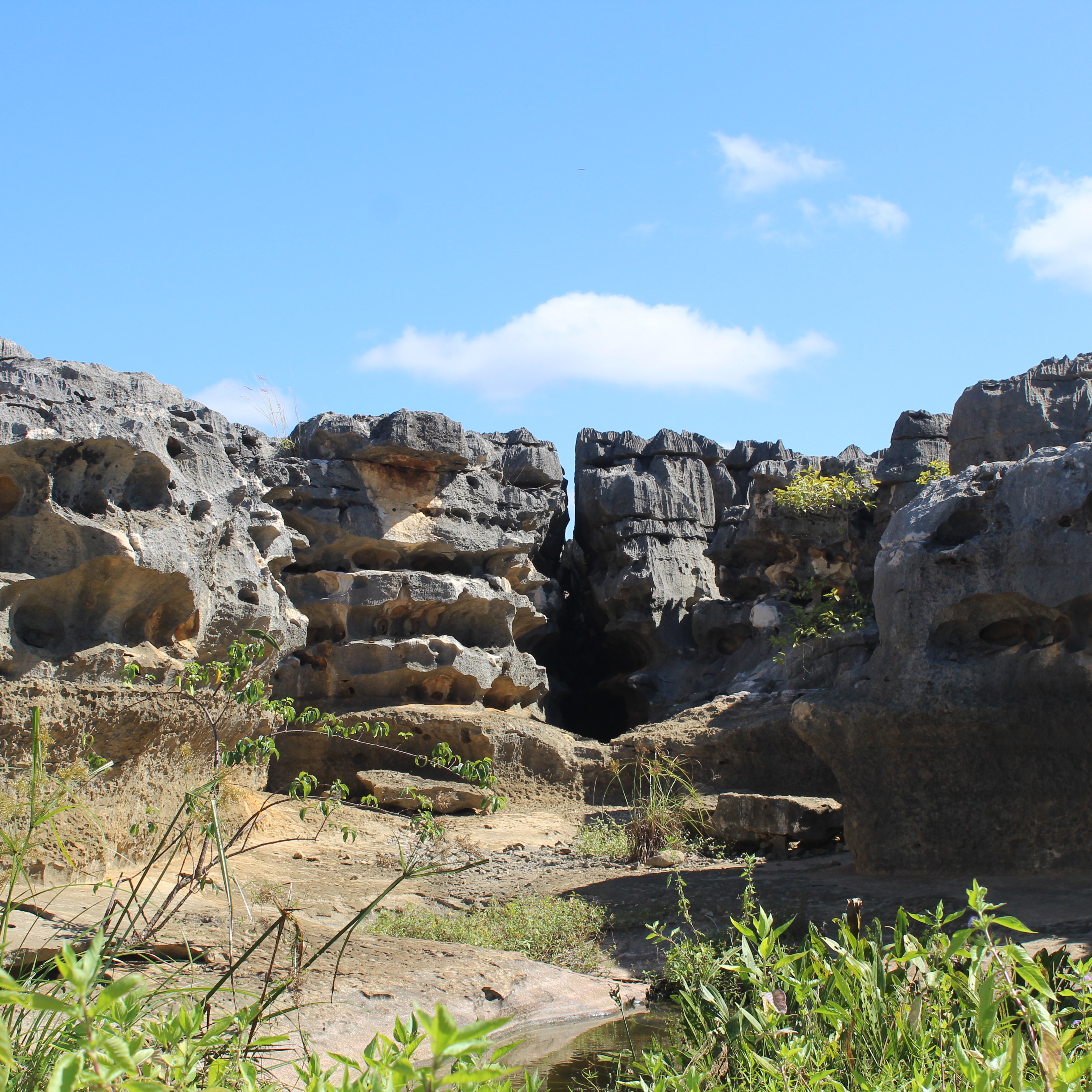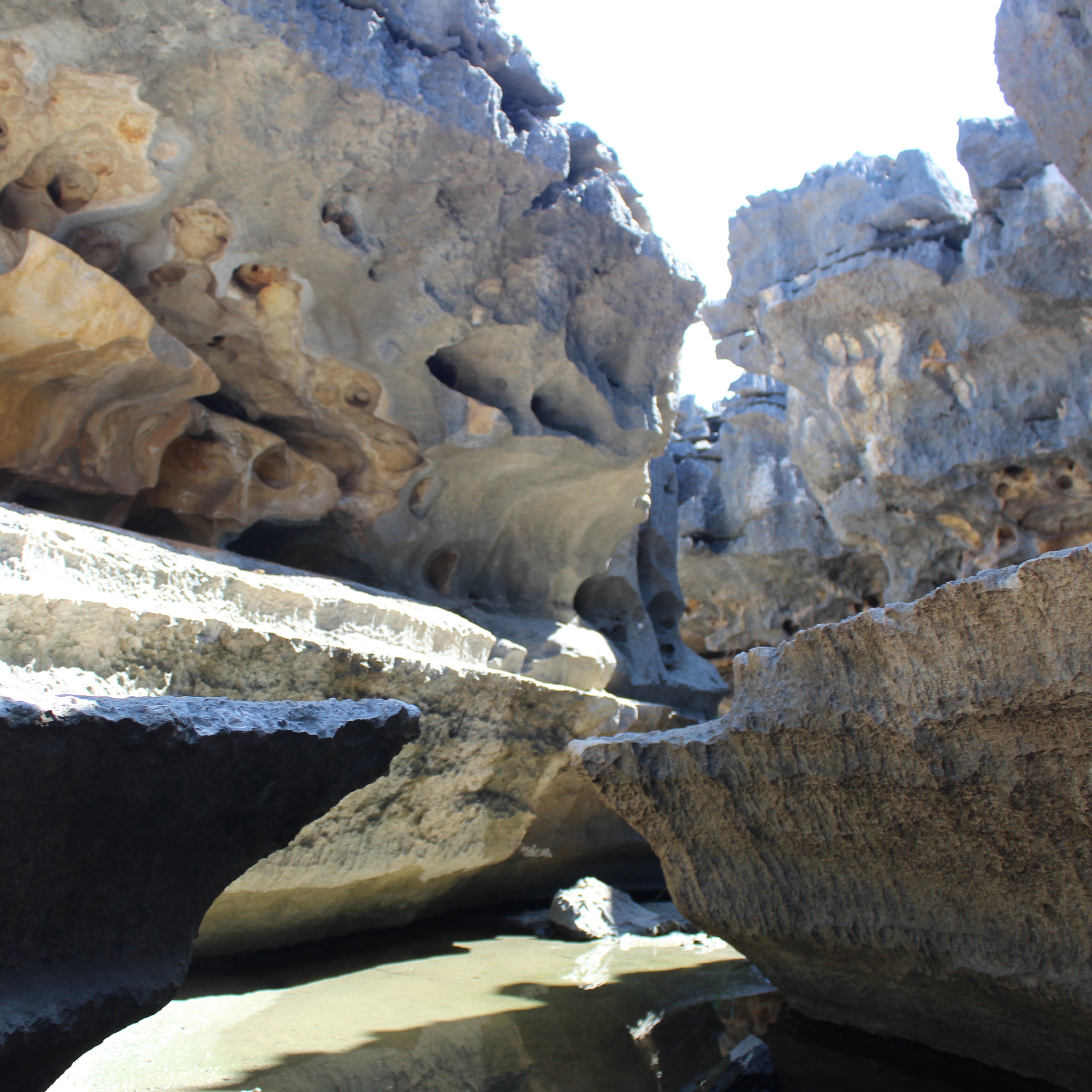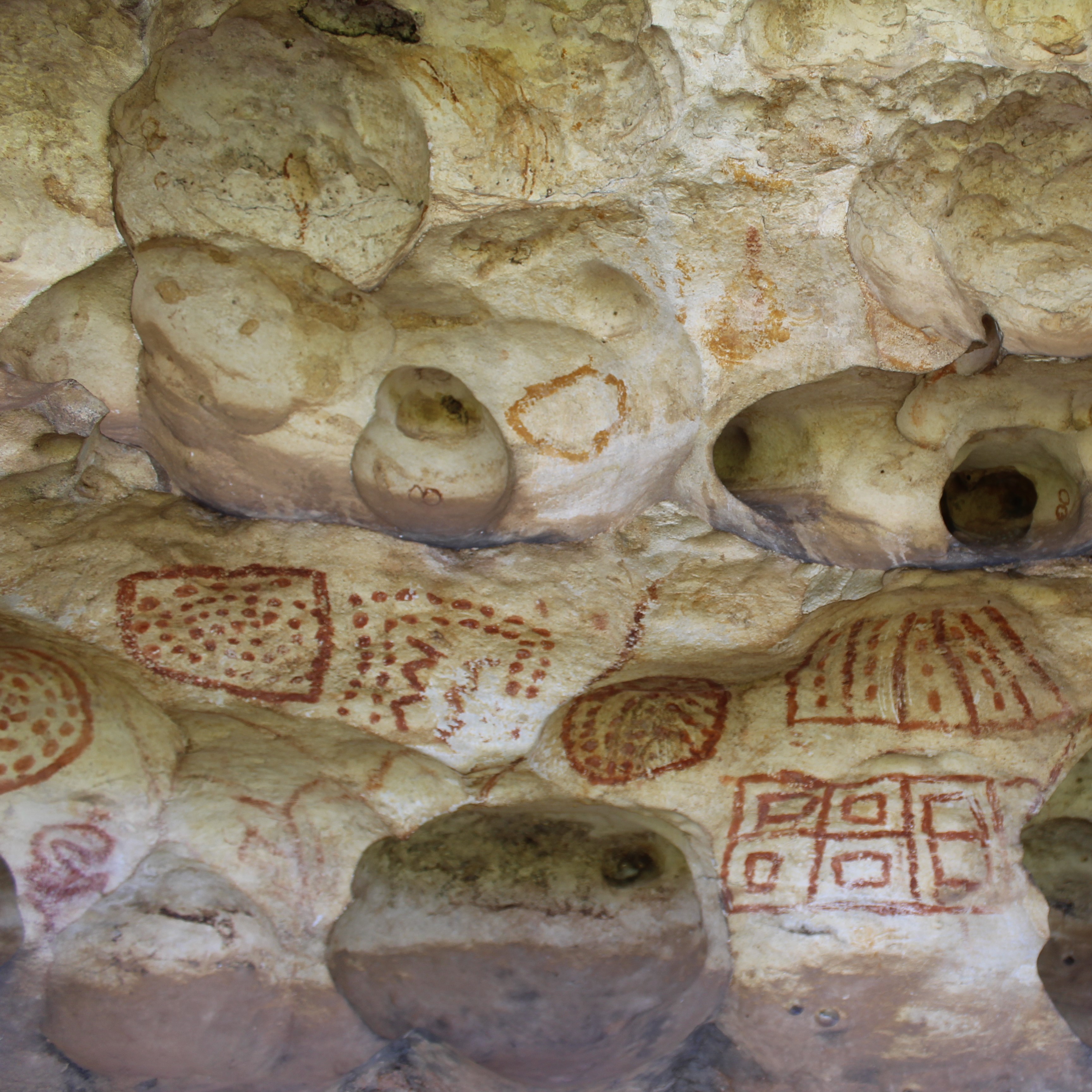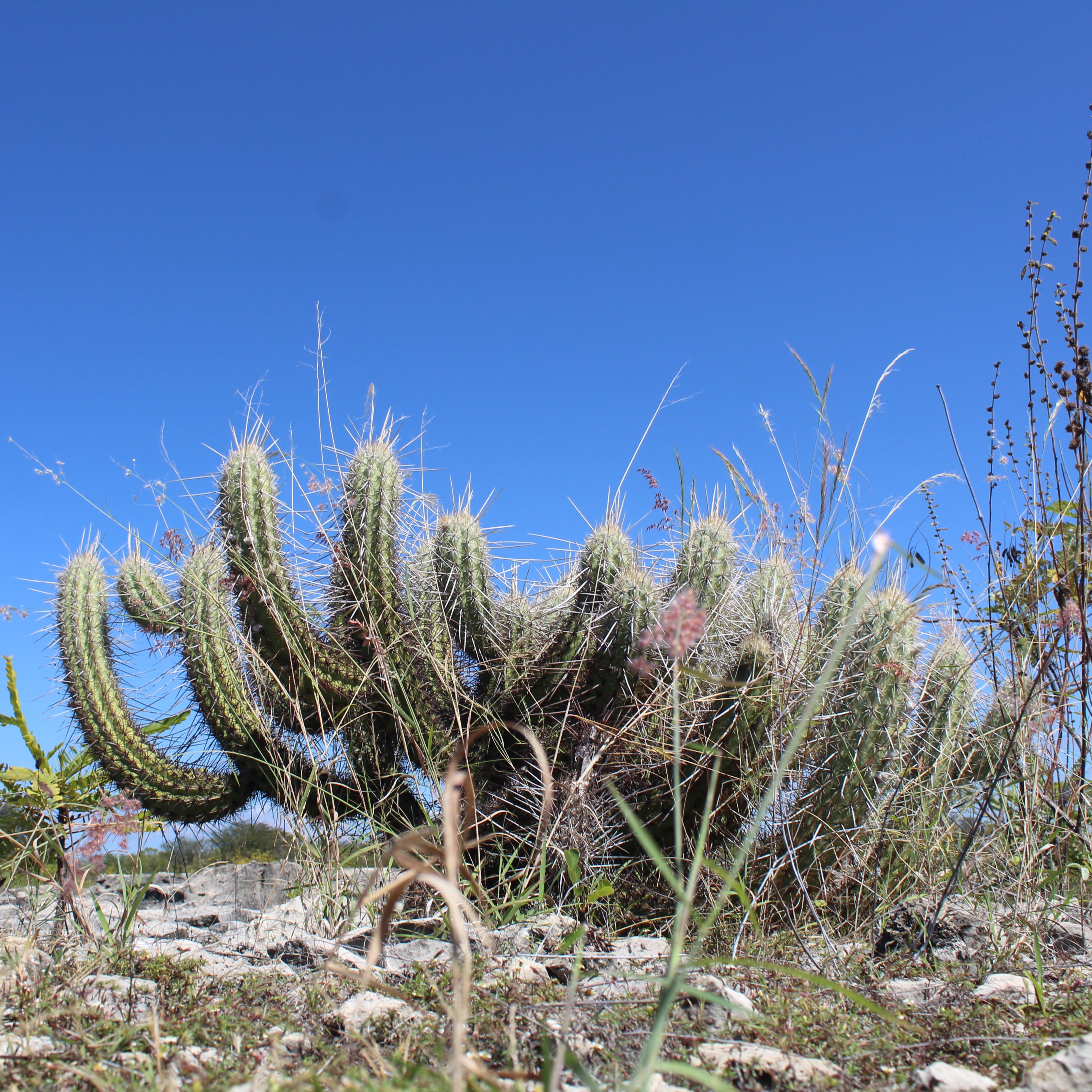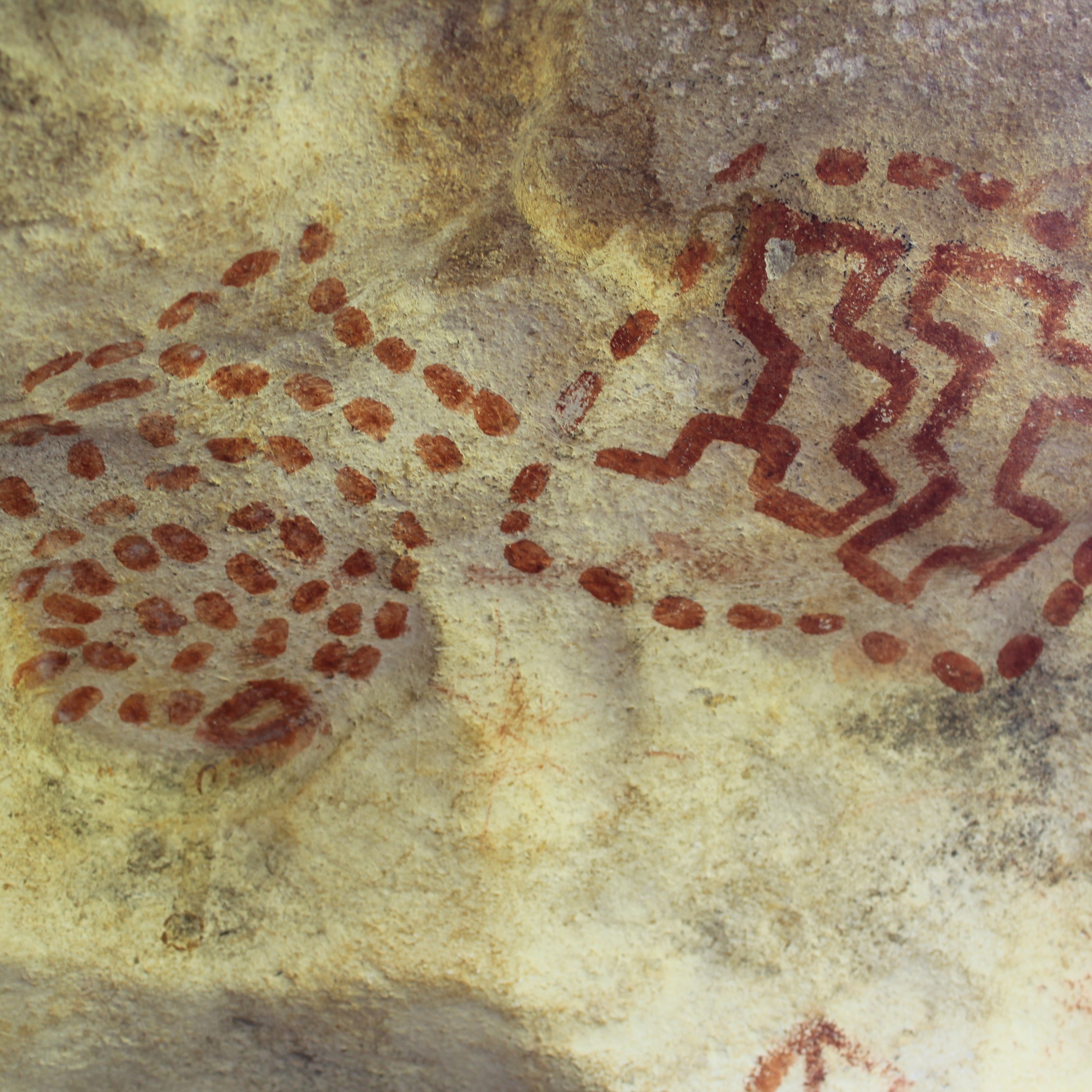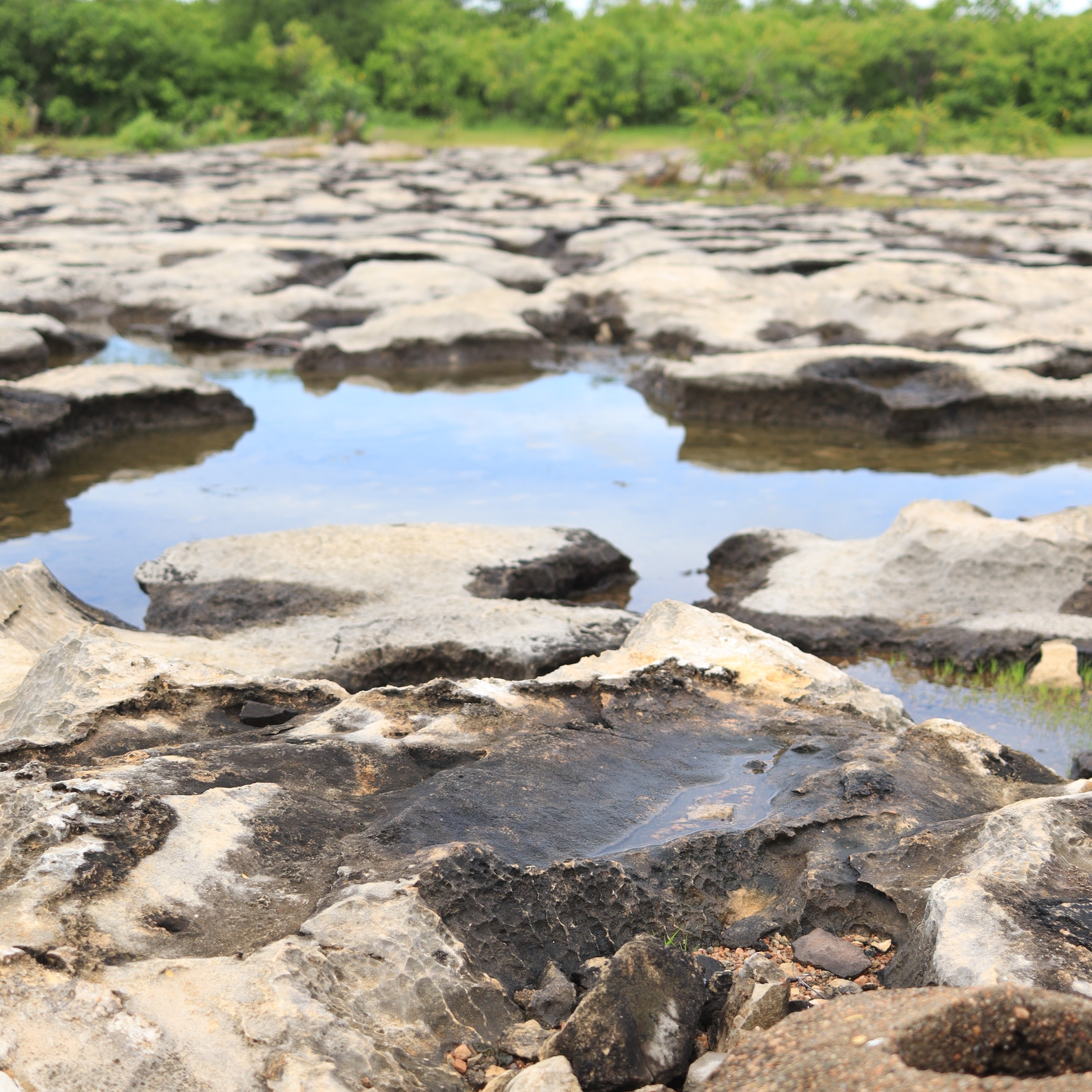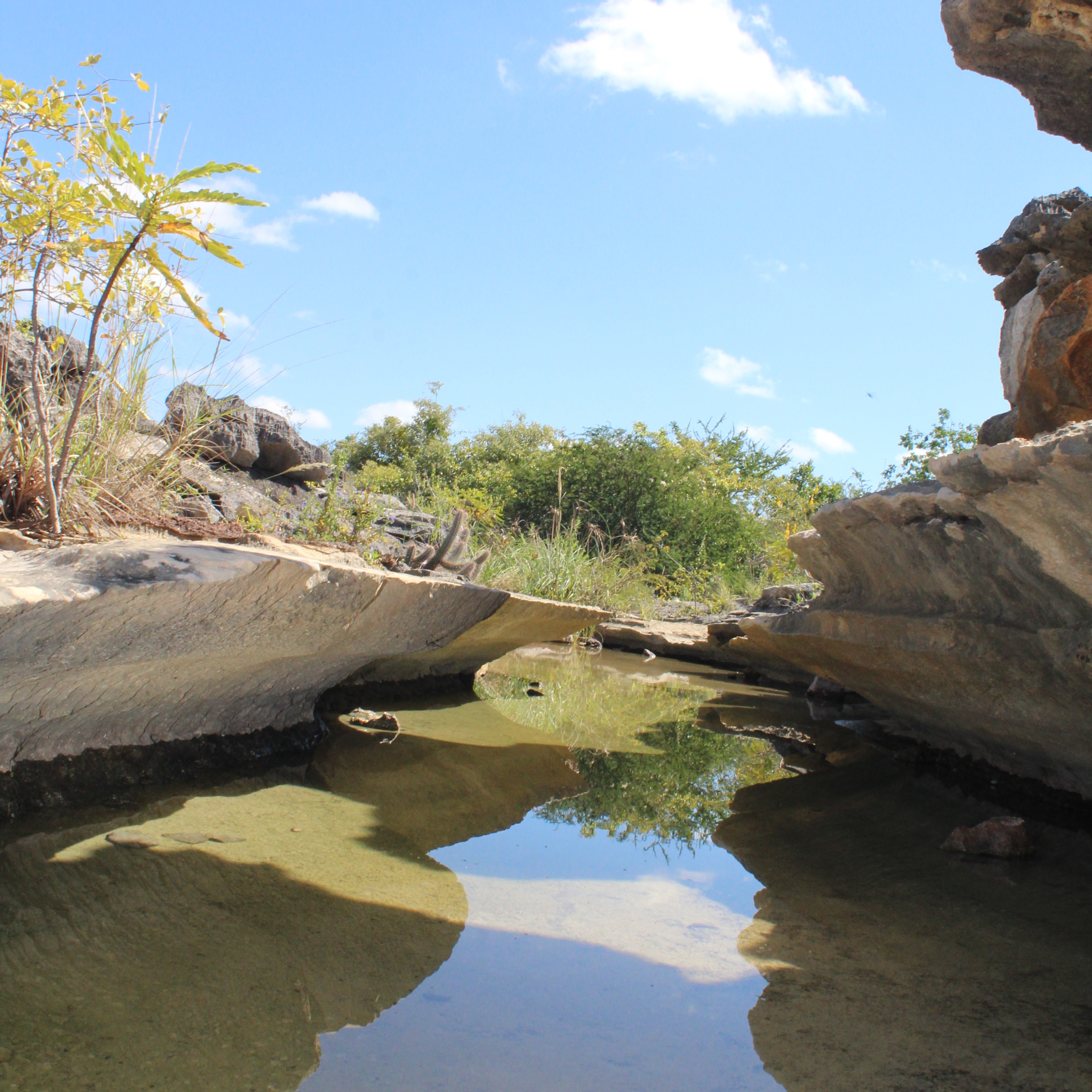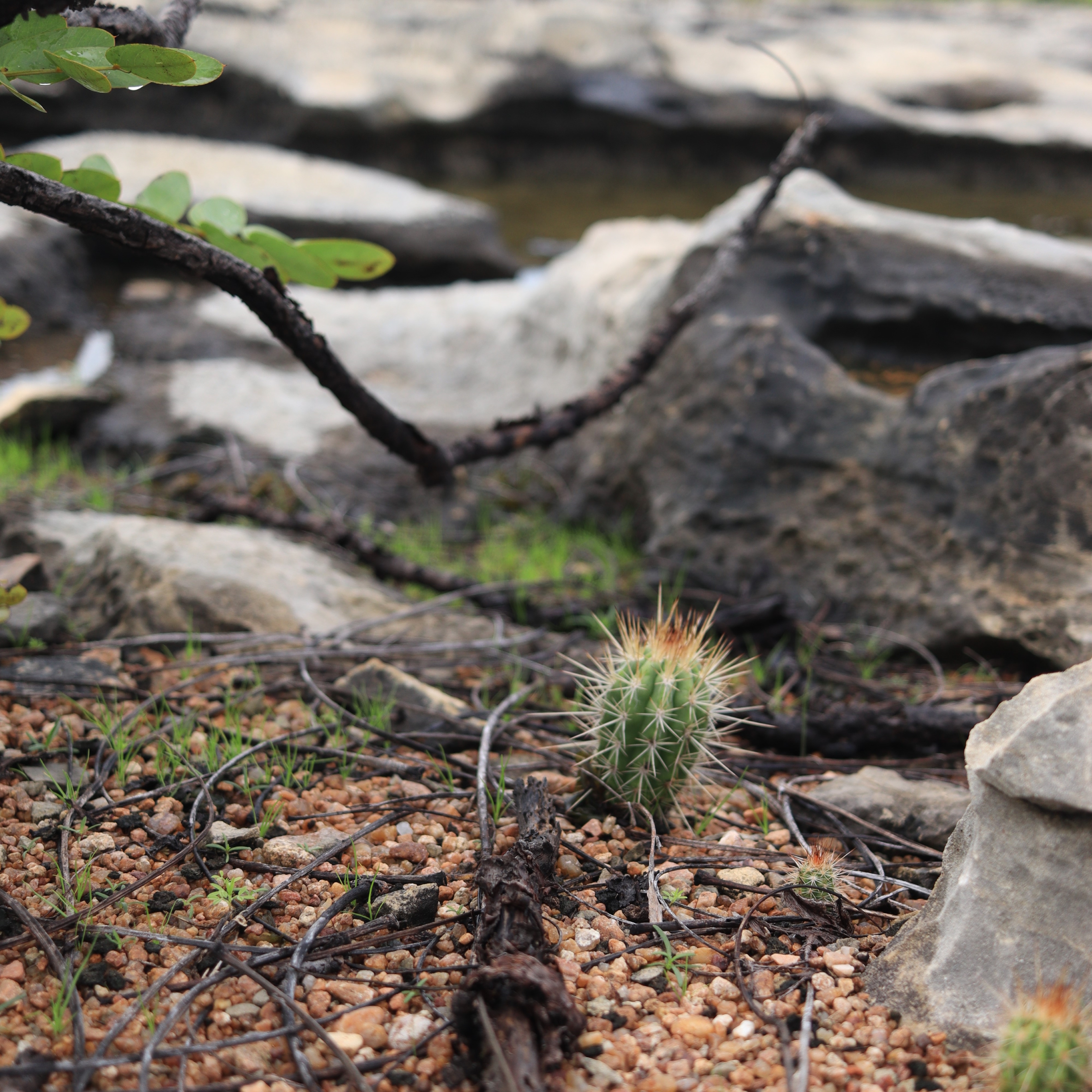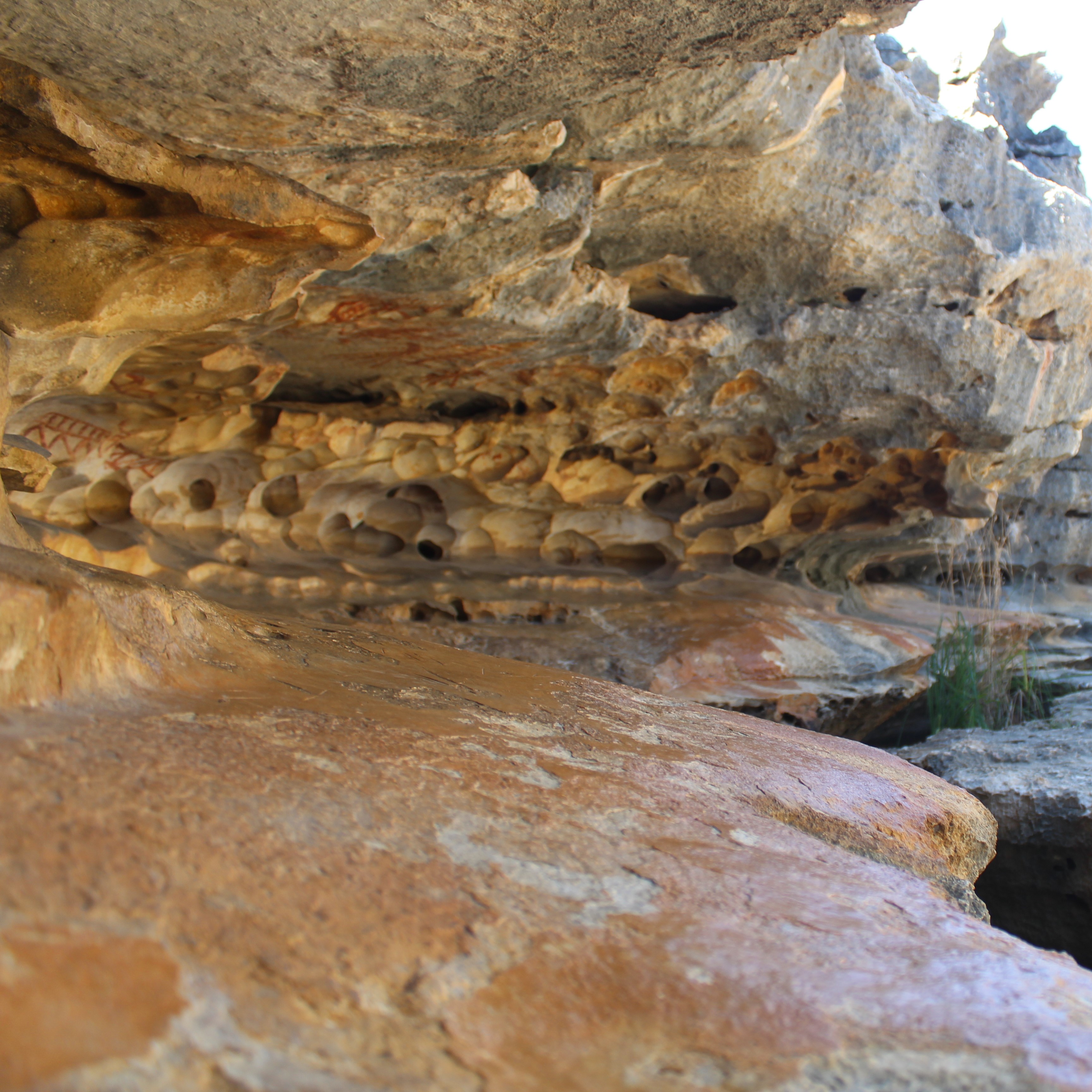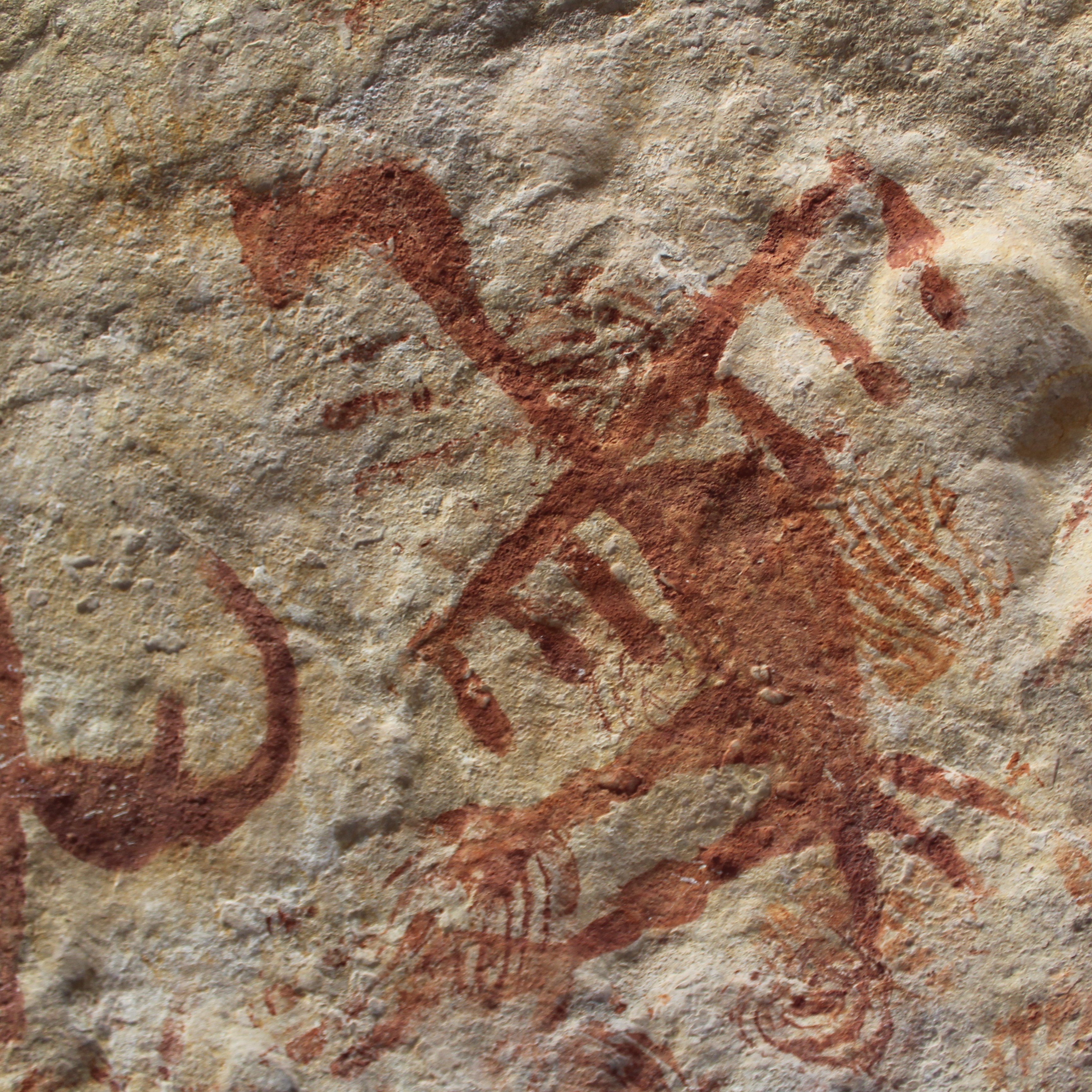About the site
In the early 1990s, the state-owned company known as Petrobrás carried out an expedition to the archaeological site and the community of Lajedo de Soledade. The visit included geologists, archaeologists and environmentalists who were concerned with the preservation and conservation of the historical, cultural and natural legacy contained in the community of Soledade. From this, the company sought to establish a partnership with local personalities who could engage and were interested in fighting, so that the preservation of such a rich site could be achieved. The most convenient and logical name at that time was Maria Auxiliadora (Dodora), who had already been fighting for the cause for some years. The partnership resulted in what we now know as the Fundação dos Amigos do Lajedo de Soledade (FALS).
Linked to the emergence of FALS, there were also several other incentives and initiatives that sought to include the community itself, among them, training child guides, delimiting areas, creating trails, drilling a community well and building a health center. research and visitation, which later became known as the Museum.
The archaeological site Lajedo de Soledade is one of the most important in Brazil and the largest exposure of limestone in the Potiguar Basin, when a shallow sea covered the region. The emergence of the limestone structure is a consequence of the retreat of the sea and the formation of mini canyons, fissures and caves was the result of erosion caused by rain and currents that sculpted the limestone.
The scientific, cultural and historical value of this archaeological site is enormous. Getting to know him means taking part in a fascinating adventure through the northeastern hinterland, discovering the origins of a people and the marks left behind as clues to a huge enigma.
Site map
The site is divided into three areas, the first is called “Urubu”, as it has dark, sharp rock formations and several caves, reminiscent of this bird. The second is known as “Araras”, as it has cave paintings made hundreds of years ago, many similar to macaws. The third is called “Olho d'água”, as in this area there are many water holes emerging.
Size: 1 km²;
Geological formation: Limestone rock of marine origin;
Geological age (Lajedo): 90 million years;
Remains: Indigenous pieces and fossils of Ice Age animals;
Current Morphology: Erosive action of rains and streams;
Age (prehistoric art): 3,000 to 5,000 years old;
Graphic Representations: Macaws, parrots, herons, lizards and geometric shapes not yet deciphered.
